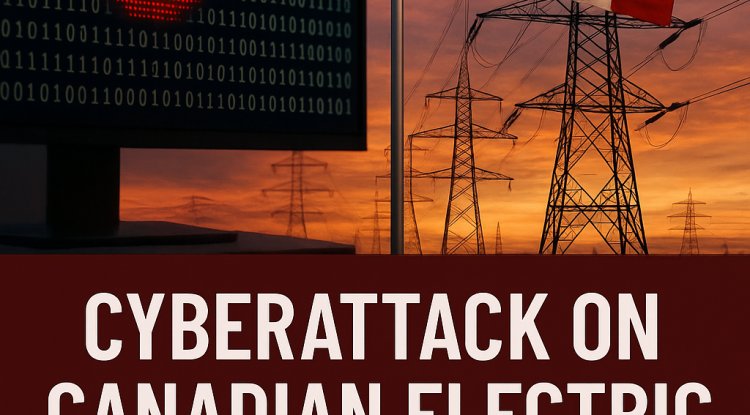Training Employees on Electrical Safety: What Every Business Should Know
Learn the essentials of electrical safety training for employees and how your business can ensure compliance, prevent hazards, and protect workers.

Electrical safety isn’t just about ticking boxes for regulations; it’s a vital part of ensuring your employees stay safe and your business operates without a hitch. Whether you’re running a cozy workshop or a sprawling industrial site, equipping your team with electrical safety training is crucial. It helps prevent accidents, minimizes downtime, and keeps you in line with OSHA and other workplace safety standards.
In this guide, we’ll walk you through everything businesses need to know about training their employees on electrical safety and how to ensure your team is well-prepared.
Why Electrical Safety Training Matters
Electricity is the lifeblood of nearly every business, powering everything from office lights to heavy machinery. But with that power comes a fair share of risks. Electrical hazards can lead to serious injuries, including burns, electric shocks, and even fatalities. The Occupational Safety and Health Administration (OSHA) highlights that electrical incidents rank among the leading causes of workplace injuries and deaths in the U.S.
The best defense against these dangers is proper training. It equips employees with the knowledge and skills to spot risks, handle equipment safely, and react appropriately in emergencies.
Who Needs Electrical Safety Training?
The short answer: everyone who works with or near electrical systems or equipment.
This includes:
- Electricians and maintenance staff
- Machine operators
- Supervisors and floor managers
- Office staff who use electrical devices
Even those who don’t directly handle electrical work should grasp the basics. A seemingly small action—like using a frayed extension cord—can lead to serious consequences.
Key Components of Electrical Safety Training
At USelectricaltools.com, we suggest a training program that includes these essential elements:
1. Understanding Electrical Hazards
Employees should learn about:
-Shock and arc flash hazards
-Common sources of electrical risk (e.g., faulty wiring, wet conditions, overloaded circuits)
-The importance of proper grounding and insulation
2. Safe Use of Electrical Tools and Equipment
It's crucial for your team to understand how to:
- Check tools and cords for any signs of damage
- Select the right tool for each specific task
- Disconnect power before working on any equipment
Emphasize the importance of using tools that comply with OSHA and ANSI standards, many of which you can find on our website.
3. Lockout/Tagout (LOTO) Procedures
LOTO training is essential to ensure that employees know how to properly isolate and secure electrical energy before carrying out maintenance work. This practice helps prevent accidental energization, which can result in serious injuries.
4. Personal Protective Equipment (PPE)
Your team should be well-trained on:
- When and how to use PPE like insulated gloves, safety glasses, and flame-resistant clothing
- Selecting the appropriate PPE based on voltage levels
- Regularly inspecting and maintaining their protective gear
5. Emergency Response
Training should cover:
- Steps to take in the event of electric shock or fire
- How to safely shut down equipment
- Important emergency contacts and basic first aid procedures
How Often Should Training Be Conducted?
Initial training is just the starting point. Electrical safety training should be:
- Provided during onboarding or before assigning new tasks
- Reinforced annually, or more often for high-risk positions
- Updated whenever there are changes in regulations or equipment
You can also hold refresher sessions or toolbox talks using resources and tool guides from USelectricaltools.com to keep safety at the forefront.
Compliance with OSHA Standards
OSHA's electrical safety standards (29 CFR 1910 Subpart S and 29 CFR 1926 Subpart K for construction) mandate that employers create a safe working environment, which includes proper training for those at risk of electrical hazards.
Neglecting compliance can lead to hefty fines and legal troubles—not to mention the human cost of preventable accidents. Investing in training and the right safety equipment is both a legal obligation and a moral duty.














